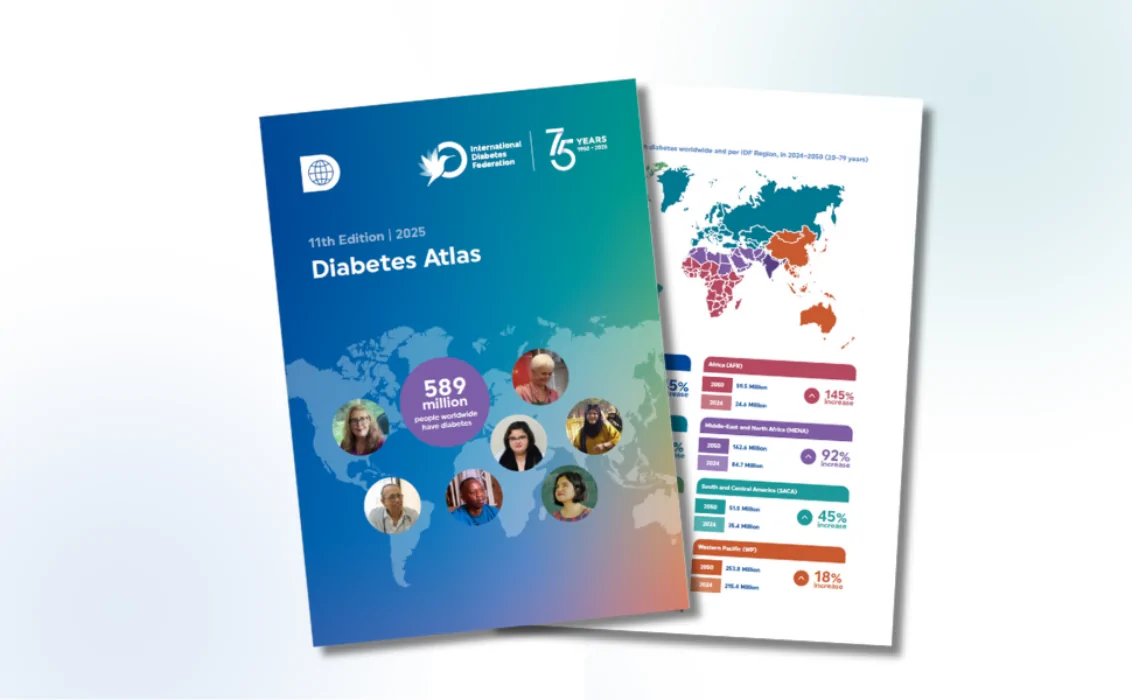The World Obesity Atlas 2022, published by the World Obesity Federation, predicts that one billion people globally, including 1 in 5 women and 1 in 7 men, will be living with obesity by 2030.
Published on World Obesity Day, the World Obesity Atlas 2022 provides predictions for the prevalence of obesity in men, women and children in 2030 and presents a new index for ranking countries in terms of their preparedness for obesity, including their health systems.
The rates of obesity, an important risk factor for type 2 diabetes, continue to rise and by 2030 it is predicted that the number of people with obesity globally will have doubled since 2010. While the lack of progress on reducing obesity is a global issue, each region has its own story. In parts of Europe and North America obesity is starting to plateau, albeit at a high rate, while it is rising fastest in low- and middle-income Countries as well as small island developing states, adding pressure to many countries also grappling with malnutrition.
The prevention of obesity, as well as early intervention and treatment, through government policy is vital. This is critical to ensure that health services are not overwhelmed and are able to provide the necessary care to those who need it. National governments must take action to prevent the rise of obesity, while also ensuring that people already living with obesity have access to appropriate health services to support weight management and related diseases.
“The World Obesity Atlas 2022 shows that countries are catastrophically off track to meet the WHO targets of halting the rise in adult and childhood obesity by 2025. This is consistent with findings from the 10th edition of the IDF Diabetes Atlas, which reports a continued global increase in type 2 diabetes, for which obesity is a key driver. Countries must prioritise action on obesity and type 2 diabetes to stay on track to reduce premature mortality from NCDs by 2030,” said IDF President Prof. Andrew Boulton.



